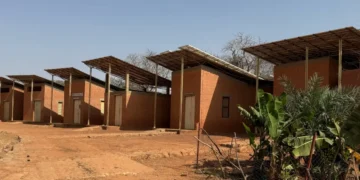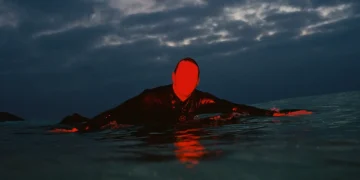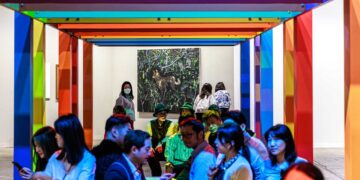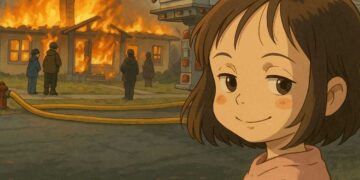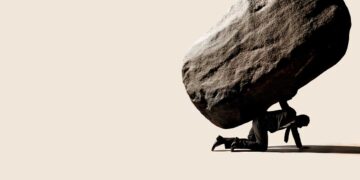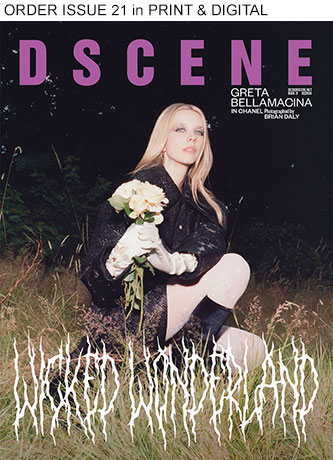
In the heart of Burkina Faso’s savannah, around 35 kilometers northeast of the capital Ouagadougou, you’ll find a truly unique place: Opera Village Africa, the vision of German artist and theater director Christoph Schlingensief. Launched 15 years ago, this ambitious project has grown into a vibrant community where art, education, and healthcare come together, just as Schlingensief once imagined: a place where life and art are one. I visited the site recently and wanted to share a few impressions.
ART
From above, the layout of the village unfolds in a spiral, like a snail shell. Starting at the medical center on the southeastern edge, the buildings curve inward around a central courtyard with a vegetable garden. Beneath it, there’s an open-air stage with wooden benches, an architectural symbol of how everyday life and artistic expression are meant to merge here. Fifteen years ago, this area was nothing but red soil, granite rocks, desert palms, and acacias. Now, it’s incredibly peaceful. The air feels clean. Coming from bustling, noisy Ouagadougou, it felt like stepping into an oasis.

The architecture was designed by Diébédo Francis Kéré, a Burkinabé architect internationally recognized for blending traditional building methods with sustainable thinking. Kéré focused on using local materials and involving the community. The buildings are made of stabilized earth bricks, which naturally insulate against the heat. A clever ventilation system replaces the need for air conditioning. This mindful harmony with the environment speaks volumes about the village’s commitment to sustainability and cultural grounding.

At the heart of the village is its educational mission. The local school hosts around 300 kids and offers more than just a standard curriculum, it includes classes in film, art, and music. The goal is to nurture creativity and critical thinking from an early age. Each student also receives a daily warm meal, which covers a basic need and helps with focus in the classroom. The emphasis on education shows how strongly the project believes in empowering the younger generation and building towards sustainable development.

In 2014, the village expanded with a medical center, which includes an ER, a maternity unit, a dental clinic, and a pharmacy. This facility has been a game-changer for the surrounding communities, especially for maternal and child healthcare. There’s also a strong focus on prevention, with programs covering nutrition, hygiene, and disease prevention. All of this adds up to a huge improvement in the overall well-being of people in the area.

Beyond health and education, Opera Village also functions as a cultural center, thanks to its Artist-in-Residence program. Created to encourage intercultural dialogue, the program invites artists from Africa and around the world to live and work on-site. These residencies result in workshops, performances, and exhibitions that involve both local residents and visitors. For the past five years, the program has been curated by Berlin-based British-Nigerian photographer Akinbode Akinbiyi, who puts a strong focus on real exchange and mutual learning.

Akinbiyi is particularly committed to bringing in artists from the African continent and diaspora. When I visited, Nigerian artist Christopher Nelson Obuh was one of the current residents. His practice spans photography, video, and installation, often exploring the contradictions between urban and rural life in Nigeria. While in the village, he wandered the landscape with his camera, developing a visual language that subtly reflects the traces of colonial history. His quiet, meditative images examine the relationship between people, place, and memory, and pose deeper questions about whose stories get told, and whose don’t.

I also met Moroccan artist Leila Bencharnia while I was there. Her work blends performance, text, and installation, and often deals with identity, migration, and cultural belonging. Bencharnia sees art as a form of deep listening, an attentive way of engaging with places, people, and voices that are often overlooked. During her residency, she immersed herself in the landscape and local community, held conversations, collected stories, and documented her impressions through text, performances, and spatial installations. Her work has a special sensitivity to language and atmosphere, inviting us to connect with what’s not visible, or not said.
Christoph Schlingensief was known for his radical, boundary-pushing work in film, theater, and opera. But with Opera Village, his aim wasn’t to export European art to Africa. It was to build a space where cultural exchange could grow naturally. Sadly, Schlingensief passed away in August 2010, just months after laying the foundation stone. His wife, Aino Laberenz, has since carried forward his vision and brought it to life.

One of the core values of Opera Village is sustainability and self-sufficiency. The school has its own garden, which supplies fresh vegetables for meals and teaches kids about farming. Solar energy and clever water systems support an environmentally conscious way of living. Through hands-on involvement, the local community gains valuable skills that help shape a more independent future.

Of course, the journey hasn’t been easy. Political instability and economic challenges in Burkina Faso have made things difficult. But the strength of the local community, and consistent support from international partners and donors, has kept the project alive. Fundraising efforts, like art auctions, Christmas markets, and collaborations with international artists, have been crucial. Back in 2017, a group of artists designed limited-edition T-shirts to support the village, I ended up buying one designed by Georgian artist Ketuta Alexi-Meskhishvili.

Fifteen years after its founding, Opera Village stands as a living legacy of Schlingensief’s vision. It shows how art can be woven into everyday life to create community, dialogue, and shared experience. The project challenges traditional ideas of what an “art space” is by placing itself right in the middle of life, in a setting that’s constantly evolving, where creativity and daily life exist side by side.

In light of the current political climate, the value of a place like this can’t be overstated. For me, it was a source of hope, a reminder that even small, challenging projects can spark meaningful change. In a 2009 speech, Schlingensief said, “Africa is not a place of longing, it is reality.” I hope Opera Village remains a part of that reality for a long time to come, a place of encounter, exchange, and quiet but powerful possibility.

The Opera Village and its activities rely on donations. If you’d like to support the project or simply learn more about its current initiatives, visit their official website or Instagram page.
Words by Hans Krestel.
